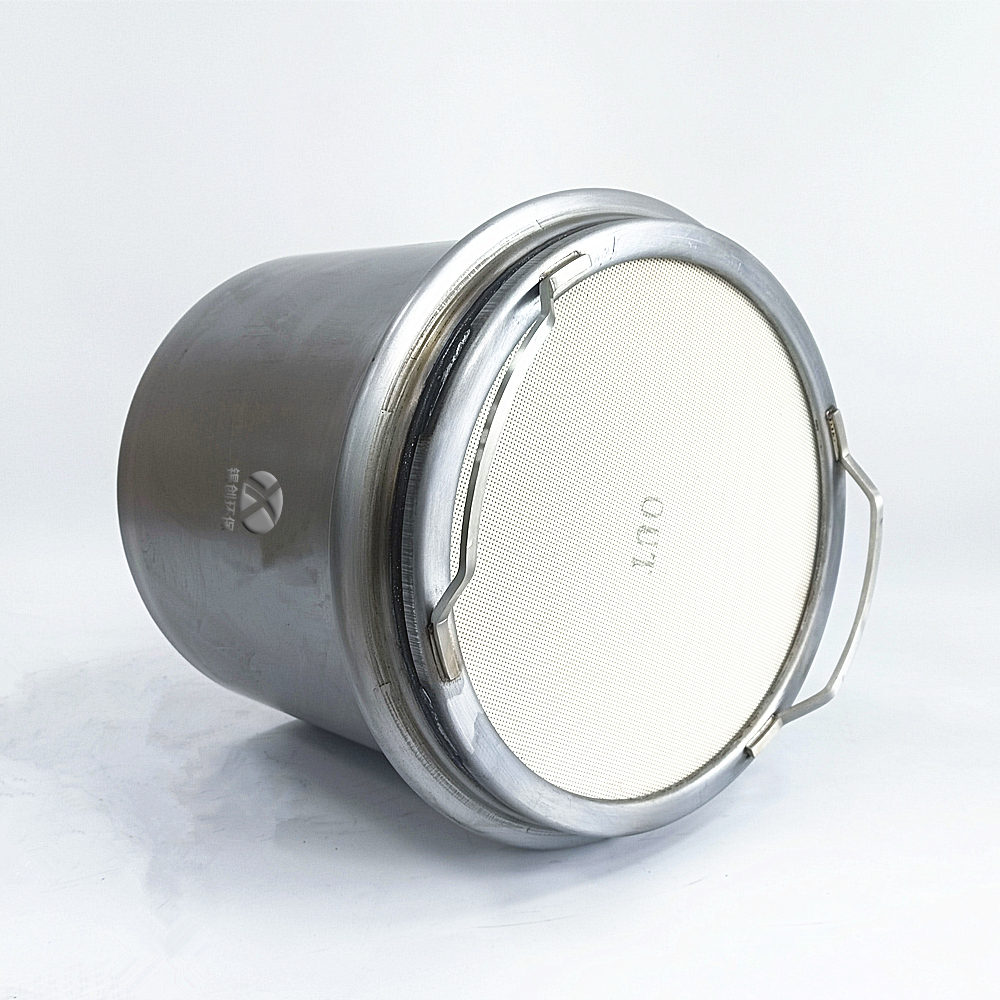Diesel Particulate Filter (DPF) is a key technology for reducing particulate matter emissions from diesel engine exhaust. Its core principle is to capture particulate matter through physical filtration. DPF is typically made of porous ceramic materials, with an internal honeycomb structure containing numerous parallel channels. These channels are alternately blocked, forcing the exhaust gas to pass through the porous walls, thereby trapping the particulate matter inside the channels while allowing the gas to flow through smoothly.
The capture efficiency of DPF is extremely high, capable of trapping over 90% of particulate matter, including soot and ash. As usage time increases, the trapped particulate matter gradually clogs the filter, leading to increased engine backpressure. At this point, the DPF clears the accumulated particulate matter through a regeneration process: passive regeneration utilizes nitrogen oxides in the exhaust gas to oxidize the particulate matter under the action of a catalyst; active regeneration, on the other hand, directly burns the particulate matter by raising the exhaust temperature.
DPF technology effectively reduces particulate emissions from diesel vehicles, playing a significant role in improving air quality and reducing environmental pollution.

